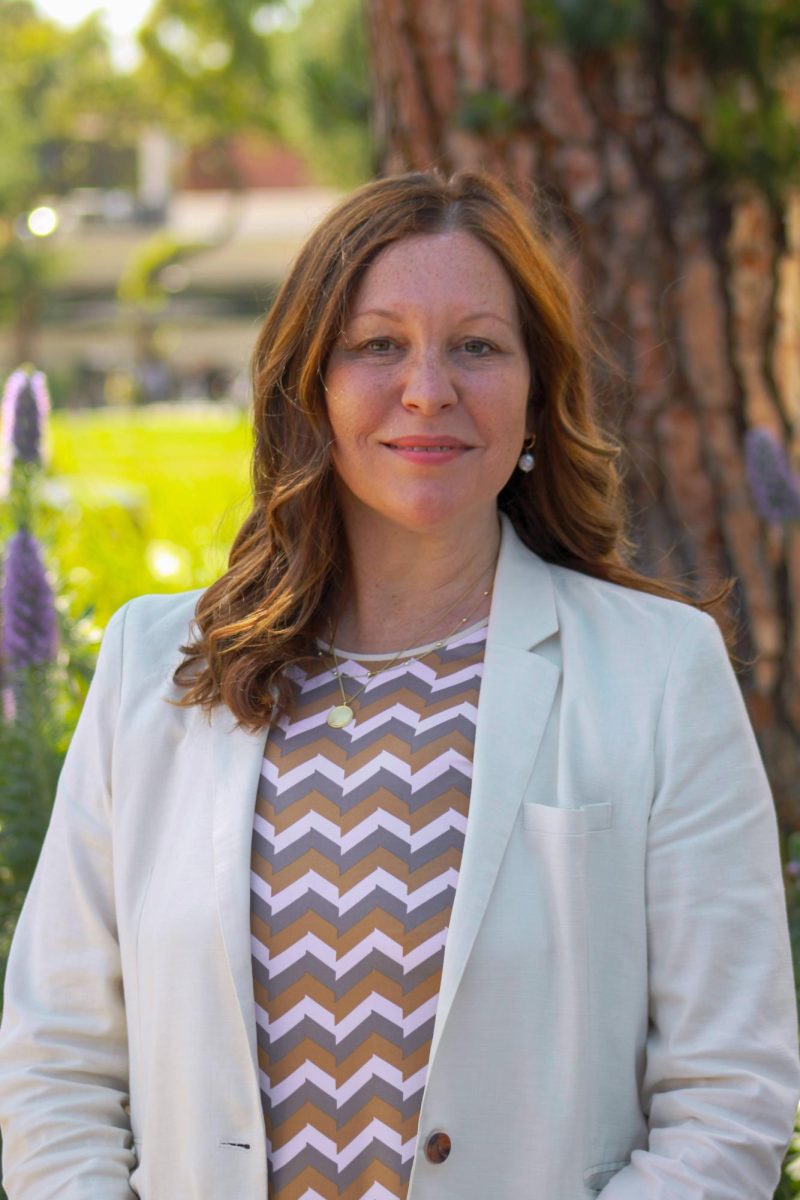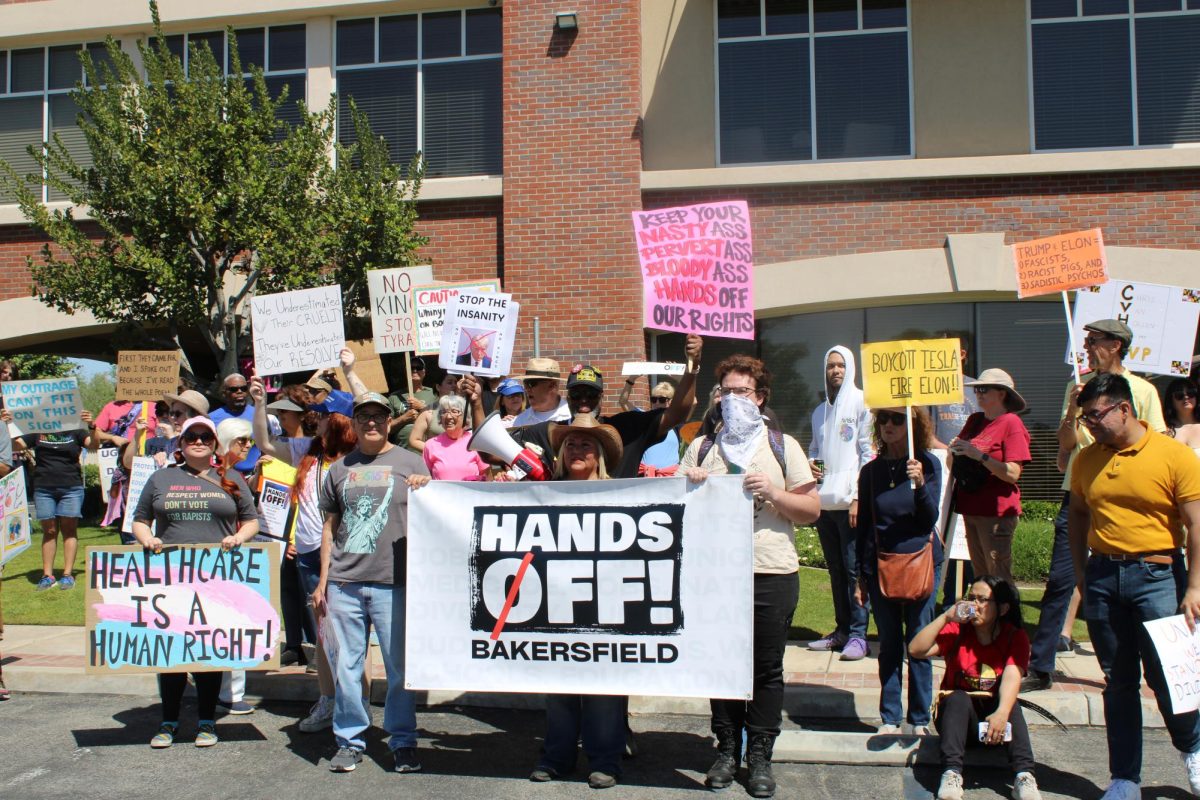News Editor
For almost 40 years, Althea Waites has performed as a concert pianist in both national and international conservatories, concert halls and arts festivals. Her musicality has garnered favorable reviews from newspapers such as the Los Angeles Times, and she has garnered a number of professional awards and fellowships throughout her career.
However, working now as a part-time lecturer at California State University, Long Beach, Waites says she is uncertain if she will ever be able to retire. Loredana Lo Bianco faces similar hardship. A part-time lecturer of Italian at CSU Fresno, Lo Bianco teaches at a local high school to supplement her $2,500 take-home salary from Fresno State. She says she struggles to offset the costs of rent, utilities, her car payment, insurance and other needs. These and other stories were on display on Tuesday, April 7, when the California Faculty Association released the third installment of their Race to the Bottom reports, a four-part series chronicling the effects of decisions made by California State University administrators on CSU faculty, students and state universities. Titled “Losing Ground and Losing Faith,” Tuesday’s report describes the hardships CSU faculty members face as a result of dropping wages and declining purchasing power. Included in the report was a survey from Feb. 6 to March 16 of over 5,000 union members, a majority of whom expressed discontent regarding their financial compensation.
Per the publication, if all CSU faculty were employed on a full-time basis, their average salary as of Fall 2014 would equal approximately $63,000. However, because almost half of all CSU faculty work part time, the average CSU faculty salary drops to roughly $45,000 prior to taxes and other deductions. Accounting for such reductions, gross earnings amount to less than $38,000 on average.
During a media call, CFA President Lillian Taiz expressed concern regarding the financial standing of teachers and the teaching profession.
“Faculty salaries are dropping to the point that it’s hard to call teaching at CSU a middle-class profession,” Taiz said.
Taiz, who also works as a history professor at CSU Los Angeles, criticized system administrators for a decade of misplaced priorities and poor decisions.
Representatives from the CSU system have disputed the findings and contested the timings of the reports.
“The California Faculty Association’s claims about the university’s investment in faculty and its impact on students are not only misleading, they are being made because the union is attempting to enhance its position in salary negotiations starting in May,” CSU spokeswoman Laurie Weidner said. “During the peak of the recession, faculty were the only employee group to receive general salary increases.”
“Over the last two years, the CSU invested $129.6 million in employee compensation with another $65.5 million slated in the 2015-16 budget. Over half of that money has been directed to faculty compensation.”
Weidner added that the average tenure-track faculty and average full professor salaries total $83,847 and $93,653 respectively, amounts that are almost one-and-a-half times larger than the CFA’s listed amounts.
Tales of Hardship
Featured in the reports were a number of anecdotes by professors chronicling their difficult financial circumstances.
Stephen Campbell, a part-time U.S. history lecturer at Cal Poly Pomona, also teaches at Pasadena City College to supplement his income. Nevertheless, he says he must still occasionally rely on food stamps and Medicaid, and he is uncertain when he will achieve the financial security necessary to start a family.
“I can’t ethically recommend graduate school for anyone in history anymore,” Campbell said.. Despite her 18-year-old son’s interest in becoming a teacher, Lo Bianco said she discourages her son from pursuing the profession. “I told him ‘You’re not going to be a teacher because it does not pay,’ Lo Bianco said. “That’s been my experience. That’s a very sad thing to say.”
In the report, approximately 79 percent of the survey’s respondents expressed dissatisfaction with their financial satisfaction. Roughly 72 percent of the respondents said they have taken additional beyond teaching at their primary university to make ends meet, and almost 61 percent said they cannot afford housing in the community where their campus is located.
Negotiations Approaching
The CFA and CSU system will soon reopen collective bargaining negotiations. The latest agreement, which was a three-year deal agreed upon last year, expires at the conclusion of the 2016-2017 school year.







